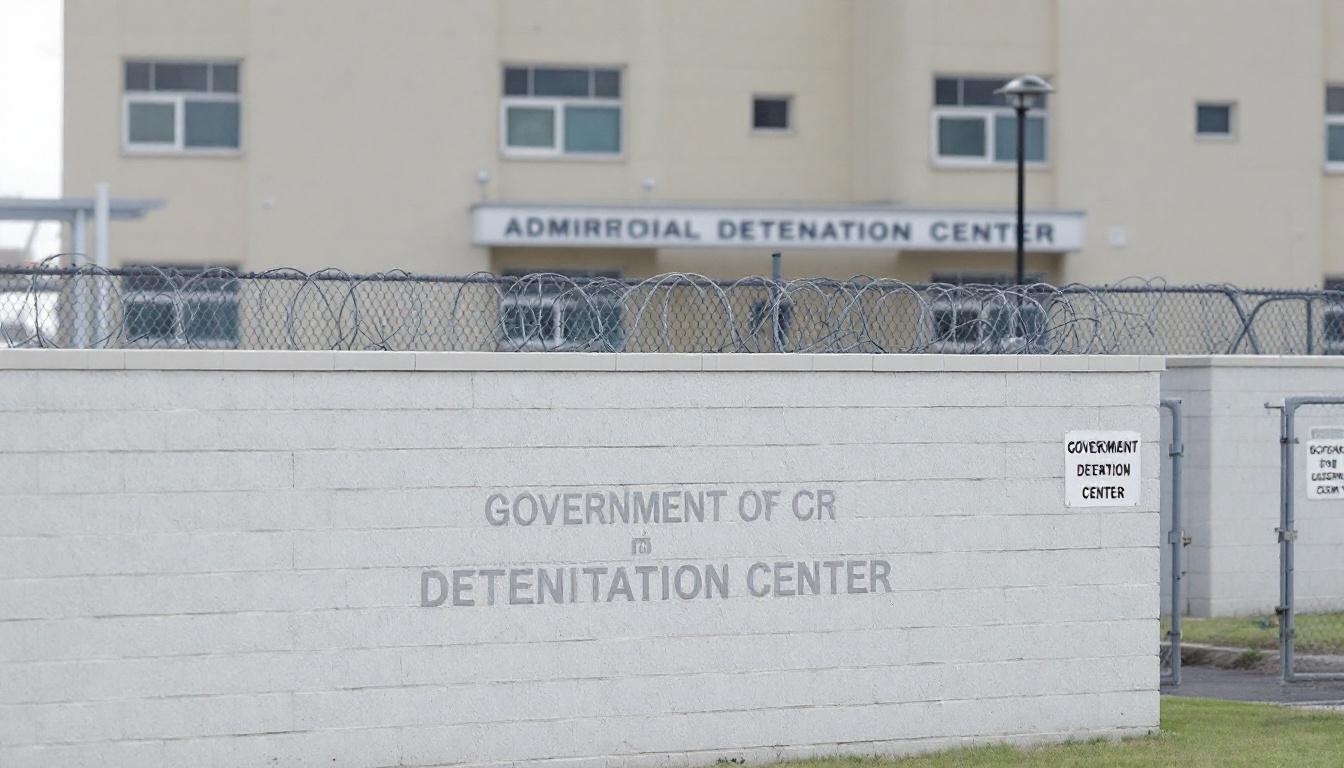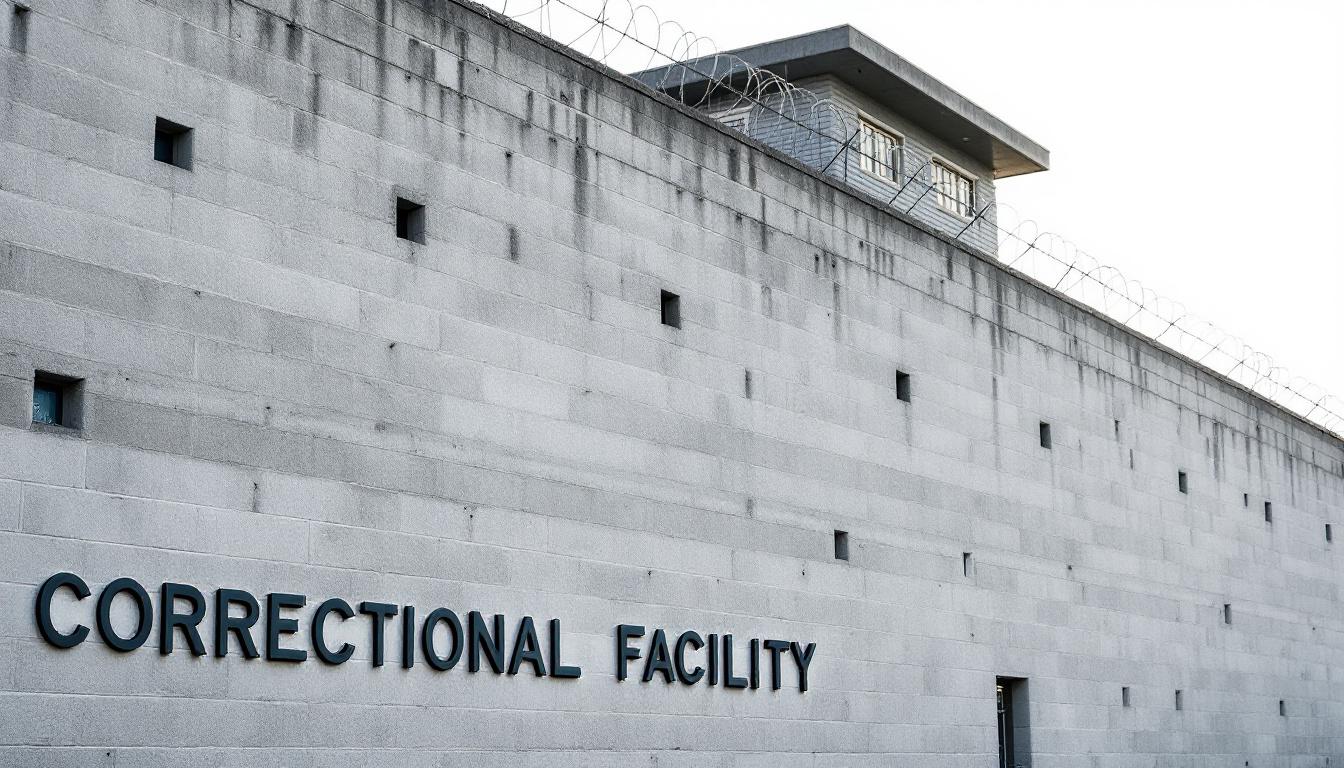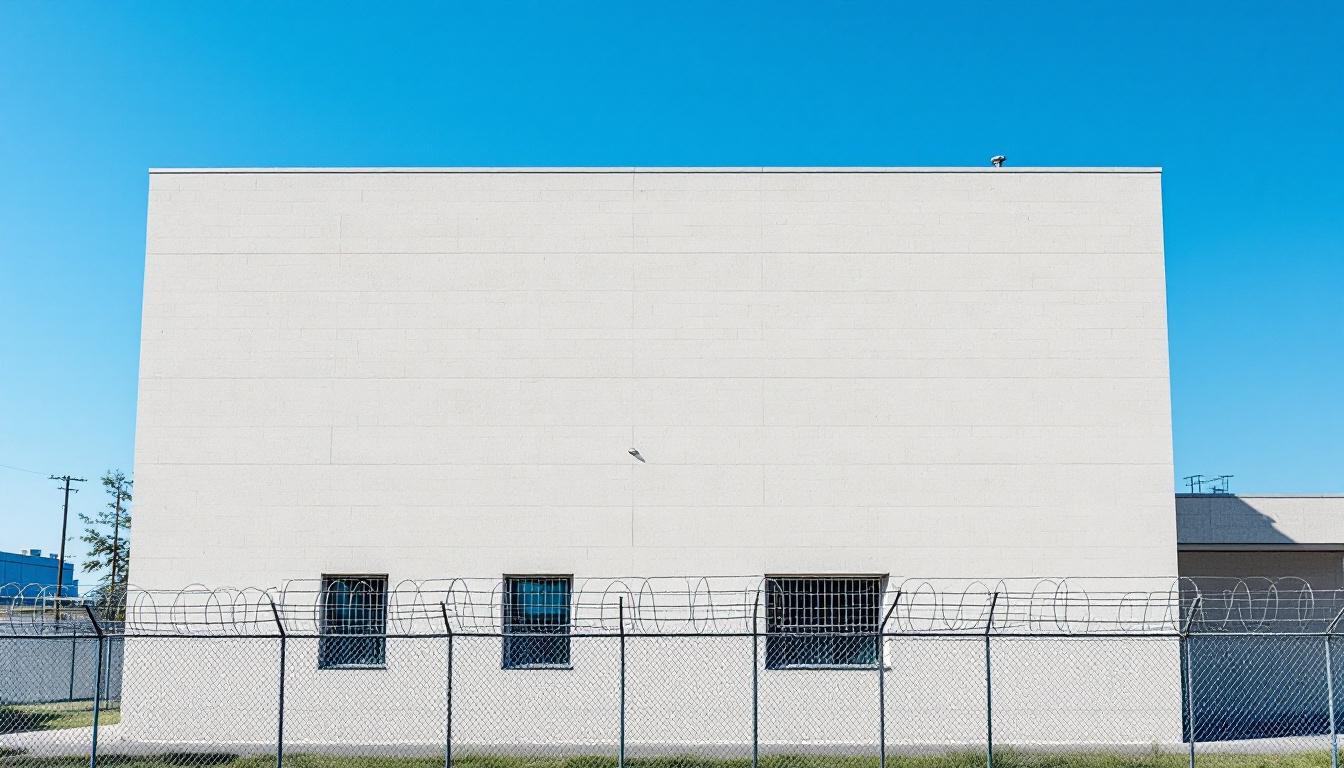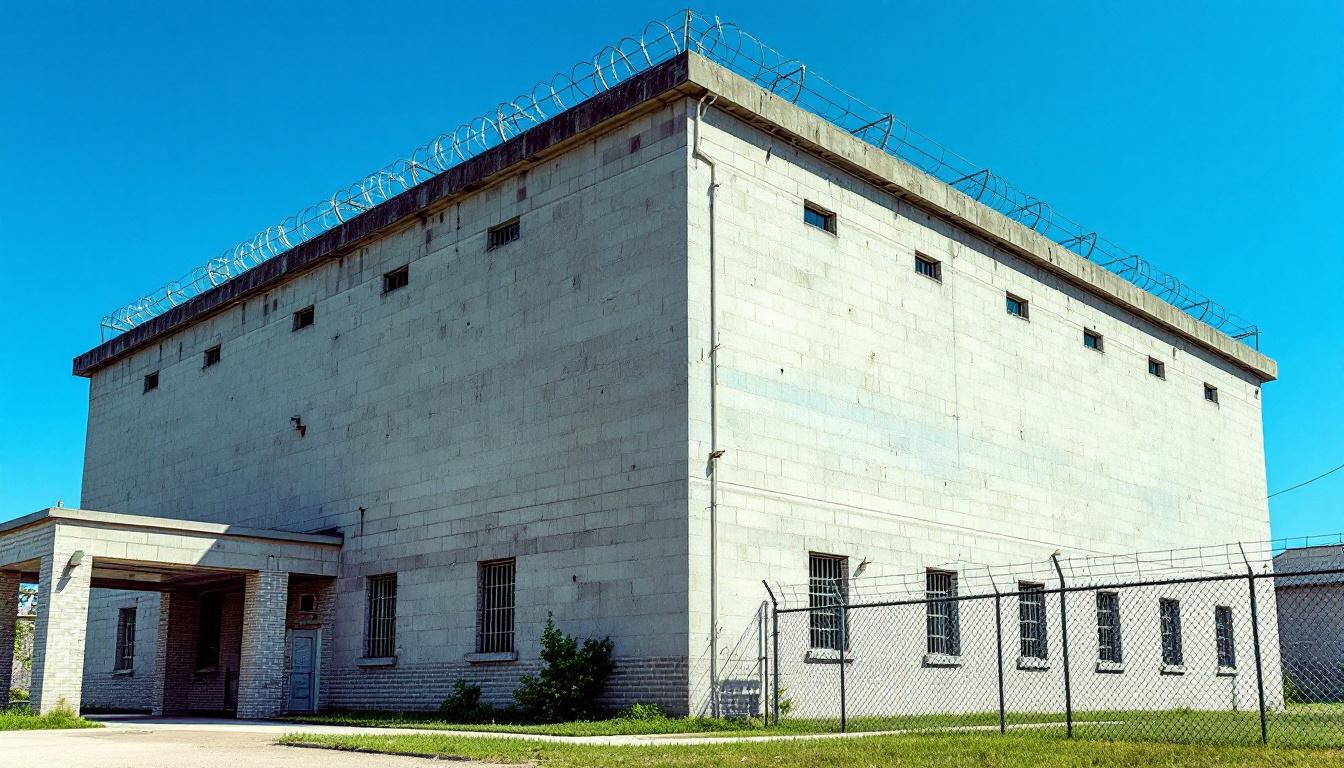
Quick Navigation
How to contact an inmate at Sevier County Corrections
This comprehensive guide will walk you through how to connect with an inmate at Sevier County Corrections. Follow the steps below to find an inmate and send letters and photos:
- Search for the inmate using our search tool below
- Create your account or log in to Penmate
- Write your message (up to 6,000 characters)
- Send instantly - inmates receive printed copies daily
Find an Inmate
Search for an inmate to start communicating today
Tip: You can search by first name, last name, or inmate ID number
To contact a person at Sevier County Corrections start by searching for the person on the official facility website. Perform a search by following these steps:
- Step 1: Enter their first name and last name into the search form and click "Search"
- Step 2: Locate their inmate record
- Step 3: Write down their Inmate ID and any housing information provided
Important! Be sure to enter the person's full name. Nicknames should not be used.
How to Send Messages to Inmates

You can use your phone or computer to send emails, letters, and photos to an inmate. Messages are sent electronically to inmate tablets or kiosks at the facility. If you would like to send a message, start by searching for an inmate at Sevier County Corrections.
Sending Photos and Postcards

A great way to send love and support to a loved one at Sevier County Corrections is to send photos and postcards. It only takes a few minutes to send photos from your phone and it makes a huge difference. You can also mail postcards with words of support and inspiration, or design your own postcard for special moments like birthdays and holidays.
Important! Be sure not to send any explicit photos or they may not be approved by the facility. You can also use a photo printing app like Penmate to make sure your photos are printed at the correct size (4x6 or 3x5) and are mailed according to the rules and regulations of Sevier County Corrections.
Frequently asked questions about Sevier County Corrections
-
How long does it take to deliver a message?
If you're sending an email message your letter is usually delivered within 24-48 hours. For messages sent via mail you should expect delivery within 3-7 days. All messages will need be approved by Sevier County Corrections.
-
How much does it cost to send a message to Sevier County Corrections?
You can send a message free using your phone or mail a message via USPS for the price of a $0.60 stamp and envelope. You can also purchase credits or e-stamps from services starting at $1.99.
-
What services can I use to contact an inmate at Sevier County Corrections?
Penmate
You can use Penmate to send letters and photos to an inmate from your phone. It's an easy way to stay in touch during your loved one's incarceration. Use the inmate locator to find an inmate's location and contact information, then you can send messages within a few minutes.
Securus messaging
Securus may be another option for communicating with an inmate at Sevier County Corrections. You can create a friends and family account and purchase credits to send messages. All messages will be reviewed and must be approved by the facility.
JPay
Some county jails and state prisons may support sending messages with JPay. You must register an account with the system, find your loved one, and purchase stamps to send messages. For some locations you can also attach photos.
Smart Jail Mail
You may also check if Smart Jail Mail is available at Sevier County Corrections. Smart Jail Mail is operated by Smart Communications and has contracted with some state and county jails. After purchasing credits, your messages and photos are sent to the facility, printed out, and then handed out to your loved one.
-
What is the mailing address of Sevier County Corrections?
Mailing address:
Sevier County Corrections
835 E 300 N
Richfield, UT 84701
Phone: (435) 896-2660 -
What are the visiting hours at Sevier County Corrections?
Visiting hours at Sevier County Corrections vary by housing unit and security level. Generally, visits are scheduled on weekends and holidays, with some facilities offering weekday visits. Contact the facility directly at (435) 896-2660 or check their website for the current visiting schedule. Visits typically last 30-60 minutes and must be scheduled in advance.
-
What items are prohibited when sending mail to Sevier County Corrections?
Prohibited items typically include: cash, personal checks, stamps, stickers, glitter, glue, tape, staples, paperclips, polaroid photos, musical or blank greeting cards, hardcover books, magazines with staples, and any items containing metal or electronics. Only send letters on plain white paper with blue or black ink. Photos must be printed on regular photo paper (no Polaroids). Always check with Sevier County Corrections for their specific mail policies.
-
How do I send money to an inmate at Sevier County Corrections?
You can send money to an inmate at Sevier County Corrections through several methods: 1) Online using JPay, Access Corrections, or the facility's approved vendor, 2) Money orders mailed directly to the facility with the inmate's name and ID number, 3) Kiosks located in the facility lobby, or 4) Over the phone using a credit or debit card. Fees vary by method, typically ranging from $2.95 to $11.95 per transaction.
-
Can I schedule a video visit with an inmate at Sevier County Corrections?
Many facilities now offer video visitation as an alternative to in-person visits. At Sevier County Corrections, video visits may be available through services like Penmate, Securus Video Connect, GTL, or ICSolutions. Video visits typically cost $10-20 for 20-30 minutes and must be scheduled in advance. You'll need a computer or smartphone with a camera and reliable internet connection. Contact the facility for their specific video visitation policies and approved vendors.
-
What identification do I need to visit an inmate at Sevier County Corrections?
All visitors must present valid government-issued photo identification such as a driver's license, state ID, passport, or military ID. Minors must be accompanied by a parent or legal guardian who can provide the minor's birth certificate. Some facilities require visitors to be on the inmate's approved visitation list, which may require a background check. Contact Sevier County Corrections for specific ID requirements and visitor approval procedures.
-
How can I find out an inmate's release date?
To find an inmate's release date at Sevier County Corrections, you can: 1) Use the online inmate search tool if available, 2) Call the facility's records department, 3) Contact the inmate's case manager or counselor, or 4) Have the inmate provide this information during a call or visit. For privacy reasons, some facilities only release this information to immediate family members.
Facility Overview
Official Website
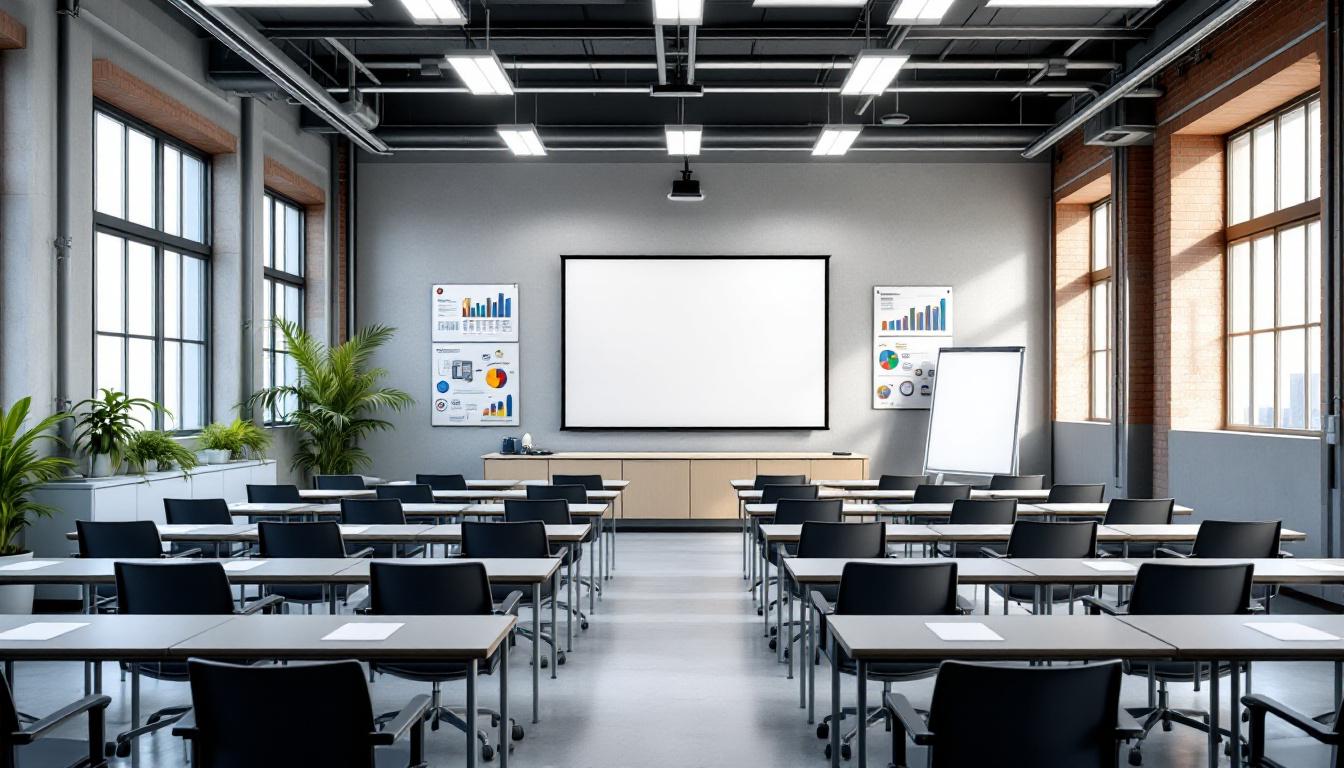
About Sevier County Corrections
Serving the community’s public safety needs while maintaining a commitment to rehabilitation and reintegration, Sevier County Jail operates as a vital component of Utah’s correctional infrastructure in the heart of Richfield. This UT correctional facility typically houses individuals awaiting trial, serving shorter sentences, or transitioning through various stages of the judicial process. Nestled within the scenic mountain region of central Utah, the facility serves not dedicated Richfield residents but the broader Sevier County area, working to balance security requirements with programs designed to support those incarcerated services that may help prepare individuals for successful community reentry.
The county jail generally maintains standard booking and processing procedures, along with classification systems that help ensure appropriate housing assignments based on individual circumstances. Inmates may have access to basic educational opportunities, substance abuse counseling, and work programs that operate within the facility’s security framework. Family visitation typically occurs on scheduled days, with communication options that may include phone calls and correspondence to help maintain important community connections during incarceration.
As part of Utah’s broader correctional network, the facility often coordinates with state agencies, local courts, and community organizations to facilitate transfers, court appearances, and release planning. The jail’s operations generally emphasize maintaining safe, secure conditions while providing essential services such as medical care, meals, and basic programming that supports the facility’s dual mission of public safety and offender rehabilitation within the mountain region’s correctional landscape.
Programs & Services
Within the structured environment of incarceration, comprehensive rehabilitation opportunities emerge as pathways toward meaningful personal transformation and successful community reintegration. Sevier County Jail typically approaches inmate development through carefully designed offerings that emphasize skill acquisition, behavioral modification, and psychological wellness. These multifaceted programs often operate within a framework that prioritizes safety and security while fostering an atmosphere conducive to genuine personal growth and accountability.
Educational advancement and vocational preparation form cornerstone elements of the facility’s developmental approach. Those incarcerated may access education programs that often include basic literacy instruction, GED preparation, and continuing education opportunities designed to enhance academic foundations. Also available are vocational training initiatives that typically focus on marketable skills and trade competencies, providing participants with practical knowledge that may prove valuable upon release. These structured learning environments generally emphasize discipline, consistency, and measurable progress while maintaining the security protocols essential to facility operations.
Therapeutic interventions and specialized support services complement the educational framework through targeted behavioral health offerings. The facility may furnish sex offender treatment programs that address specific psychological and behavioral patterns through evidence-based therapeutic approaches. Also integral to the rehabilitative process are therapeutic communities that create structured peer support networks, stress management initiatives that teach coping mechanisms and emotional regulation, and victim awareness programs that foster empathy and accountability. Additionally, recycling programs often provide opportunities for meaningful work while promoting environmental consciousness and community service values within the secure institutional setting.
Daily Life & Visitation
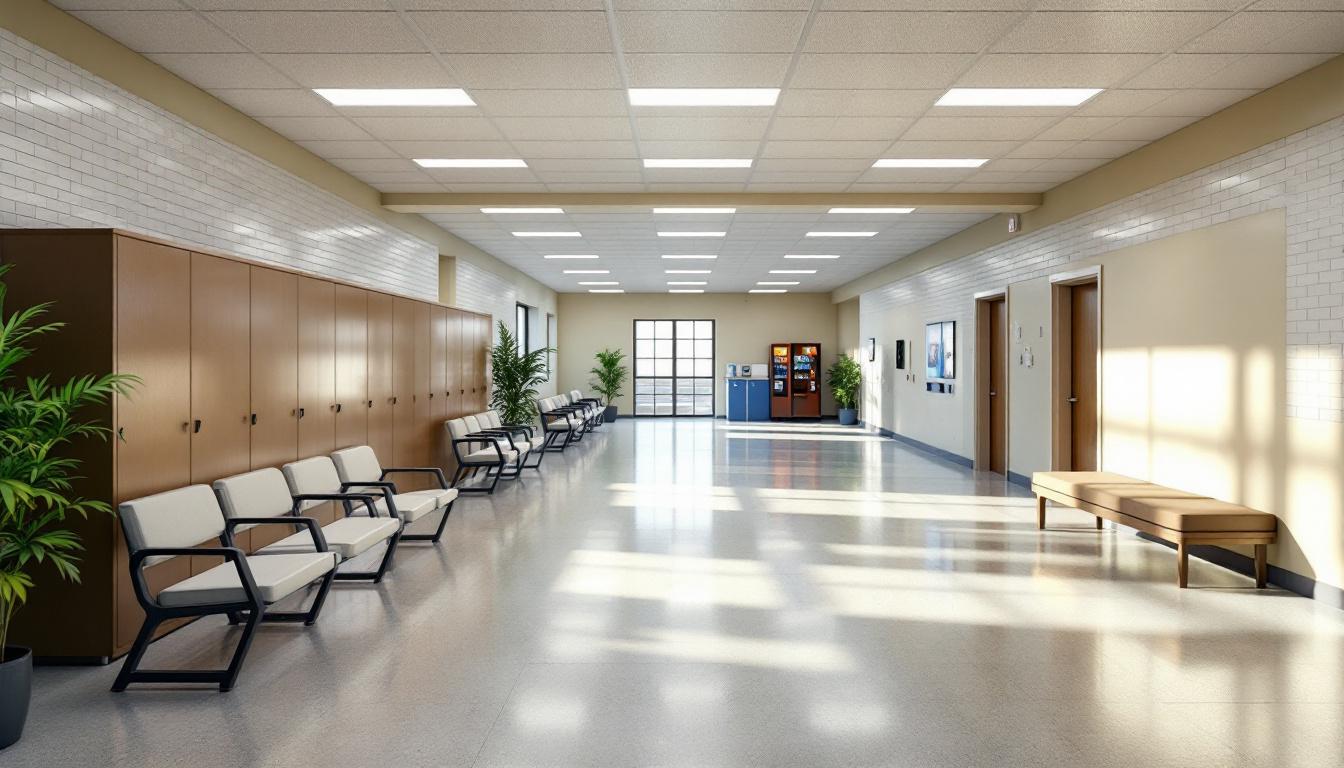
Strong family bonds and community connections often serve as vital lifelines for those incarcerated, helping them navigate the structured environment while maintaining important relationships with loved ones on the outside. At present, the daily routine at this facility actively revolves around maintaining order through scheduled activities, meals, and programming that typically begins early in the morning with wake-up calls and continues through evening hours. Those incarcerated generally follow a consistent schedule that may include work assignments, educational programming, recreational periods, and designated times for personal activities, all designed to furnish structure and purpose to each day.
Also contributing to the daily experience are the living accommodations, which typically consist of shared housing units where individuals may be housed with one or more cellmates depending on the facility’s current capacity and classification requirements. The dining arrangements usually involve scheduled meal times in a common area where those incarcerated gather for breakfast, lunch, and dinner, creating opportunities for social interaction within the supervised environment. However, personal property is generally limited to essential items and approved commissary purchases, which may include snacks, hygiene products, and writing materials that help maintain connections with family members and friends.
The facility typically offers various recreational and exercise opportunities that may include access to outdoor areas, indoor recreation spaces, and organized activities that encourage positive social interaction among residents. Communication with family members and loved ones is generally facilitated through scheduled visitation periods, telephone access during designated hours, and mail correspondence, all of which operate under established security protocols. Those incarcerated may also participate in work assignments within the facility, such as kitchen duties, cleaning responsibilities, or maintenance tasks, which often provide structure and may offer opportunities to develop practical skills while contributing to the facility’s daily operations.
Ready to Connect?
Start communicating with your loved one today
Search for an Inmate


